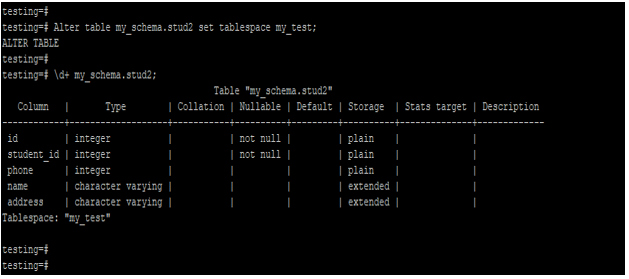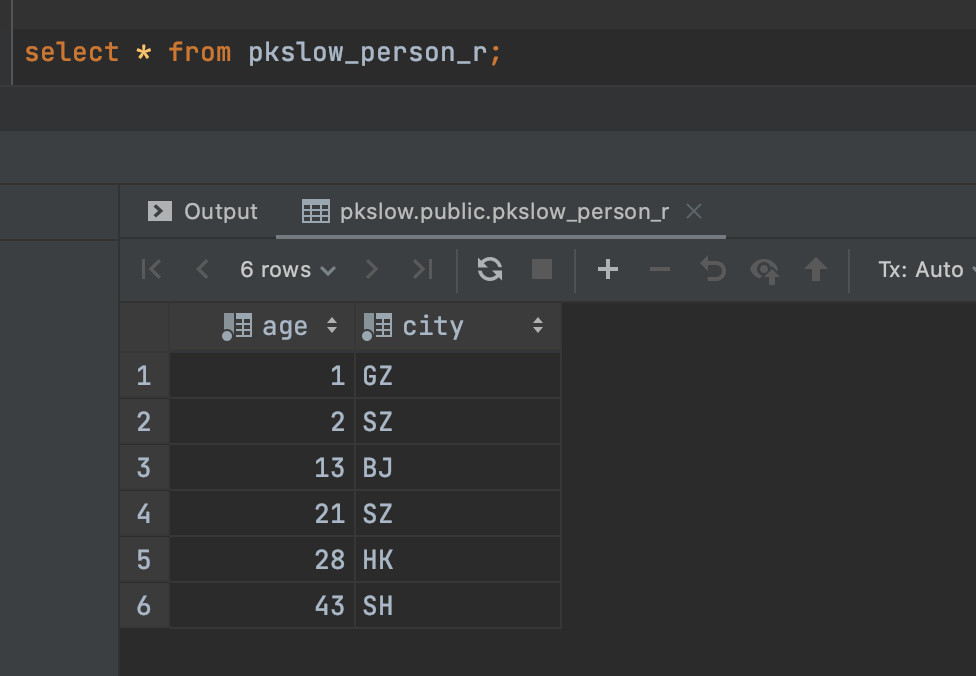

Partition of: customers FOR VALUES IN ('ACTIVE') Partitions: cust_active FOR VALUES IN ('ACTIVE'), Postgres=# CREATE TABLE cust_others PARTITION OF customers DEFAULT Ĭolumn | Type | Collation | Nullable | Default | Storage | Stats target | Description Postgres=# CREATE TABLE cust_archived PARTITION OF customers FOR VALUES IN ('EXPIRED') Postgres=# CREATE TABLE cust_active PARTITION OF customers FOR VALUES IN ('ACTIVE') postgres=# CREATE TABLE customers (id INTEGER, status TEXT, arr NUMERIC) PARTITION BY LIST(status) A default partition (optional) holds all those values that are not part of any specified partition. LIST PARTITIONĪ list partition is created with predefined values to hold in a partitioned table. For this article we will use the same table, which can be created by different partition methods. Let’s explore what these are and how users can create different types of partitions with examples. With good planning and taking all factors into consideration, table partitioning can give a great performance boost and scale your PostgreSQL to larger datasets.Īs of PostgreSQL12 release List, Range, Hash and combinations of these partition methods at different levels are supported.

POSTGRESQL ALTER TABLE PARTITION BY RANGE UPDATE
Apart from data, there may be other factors users should consider, like update frequency of the data, use of data over a time period, how small a range data can be divided, etc.

So we can say that if a lot of data is going to be written on a single table at some point, users need partitioning. Most benefits of partitioning can be enjoyed when a single table is not able to provide them.

Each partition can contain data based on its frequency of use and so can be stored on media that may be cheaper or slower for low-use data.Bulk loads and data deletion can be much faster, as based on user requirements these operations can be performed on individual partitions.Partition-wise-join and partition-wise-aggregate features increase complex query computation performance as well.Query performance can be increased significantly compared to selecting from a single large table.Users can create any level of partitioning based on need and can modify, use constraints, triggers, and indexes on each partition separately as well as on all partitions together. PostgreSQL declarative partitioning is highly flexible and provides good control to users.Users can take better advantage of scaling by using declarative partitioning along with foreign tables using postgres_fdw. Partitioning helps to scale PostgreSQL by splitting large logical tables into smaller physical tables that can be stored on different storage media based on uses. Partitioning may be a good solution, as It can help divide a large table into smaller tables and thus reduce table scans and memory swap problems, which ultimately increases performance. As table size increases with data load, more data scanning, swapping pages to memory, and other table operation costs also increase. With huge data being stored in databases, performance and scaling are two main factors that are affected. This article discusses table partitions, the benefits of using them to increase performance, and the types of partitions that can be used in PostgreSQL.


 0 kommentar(er)
0 kommentar(er)
